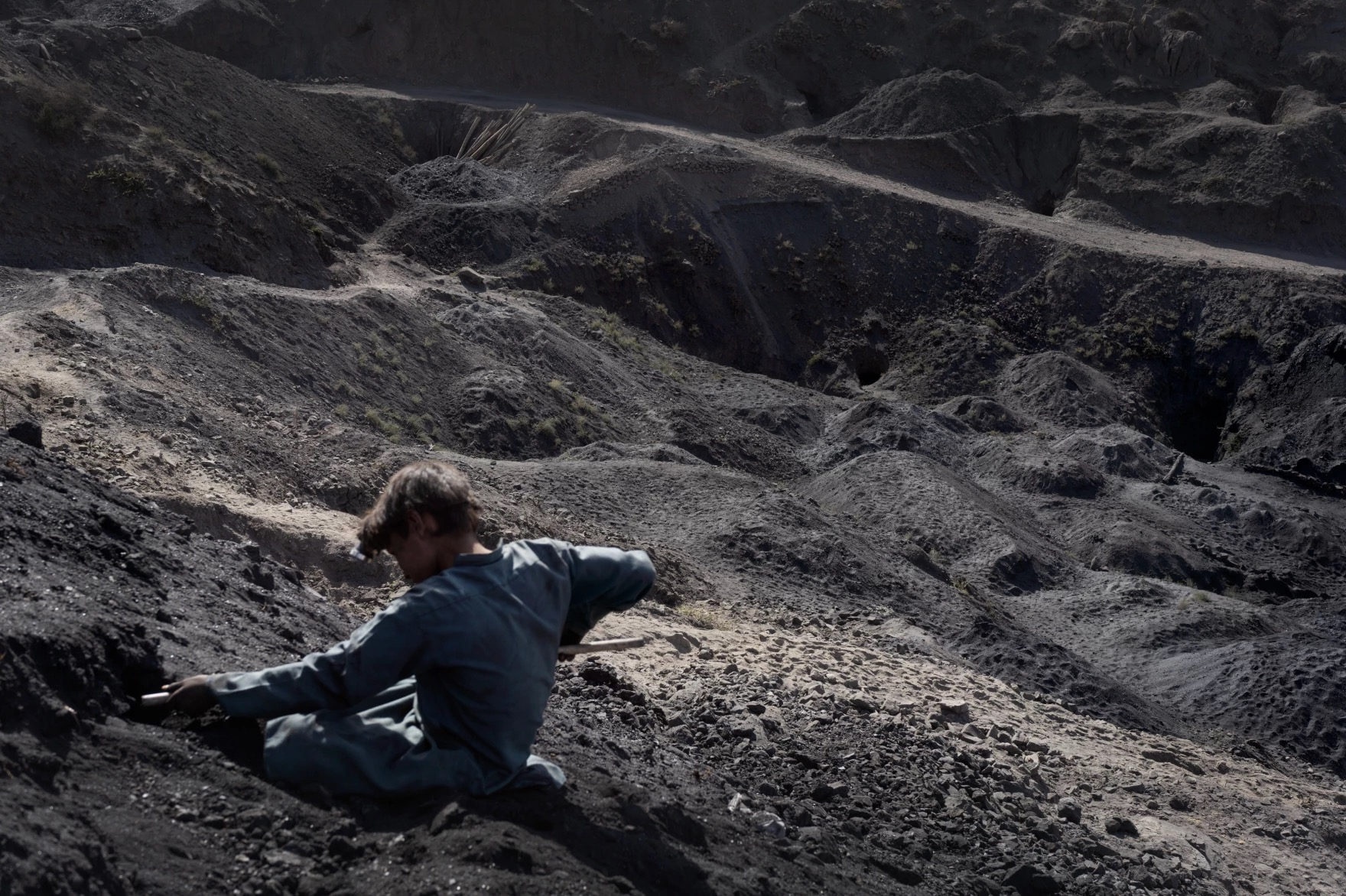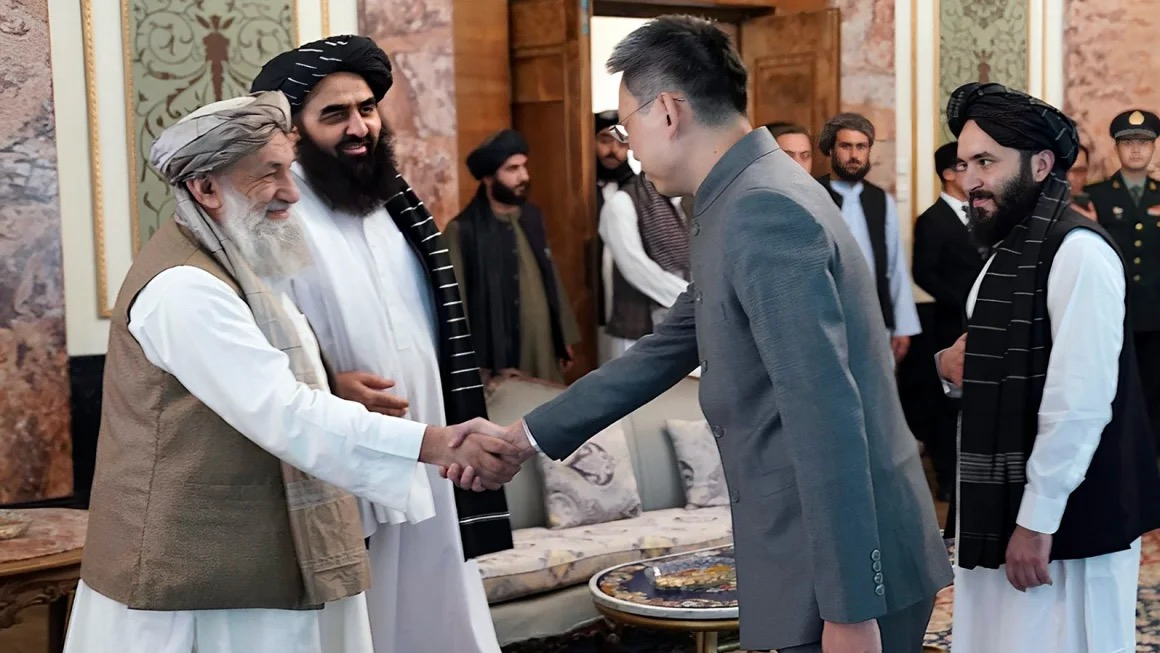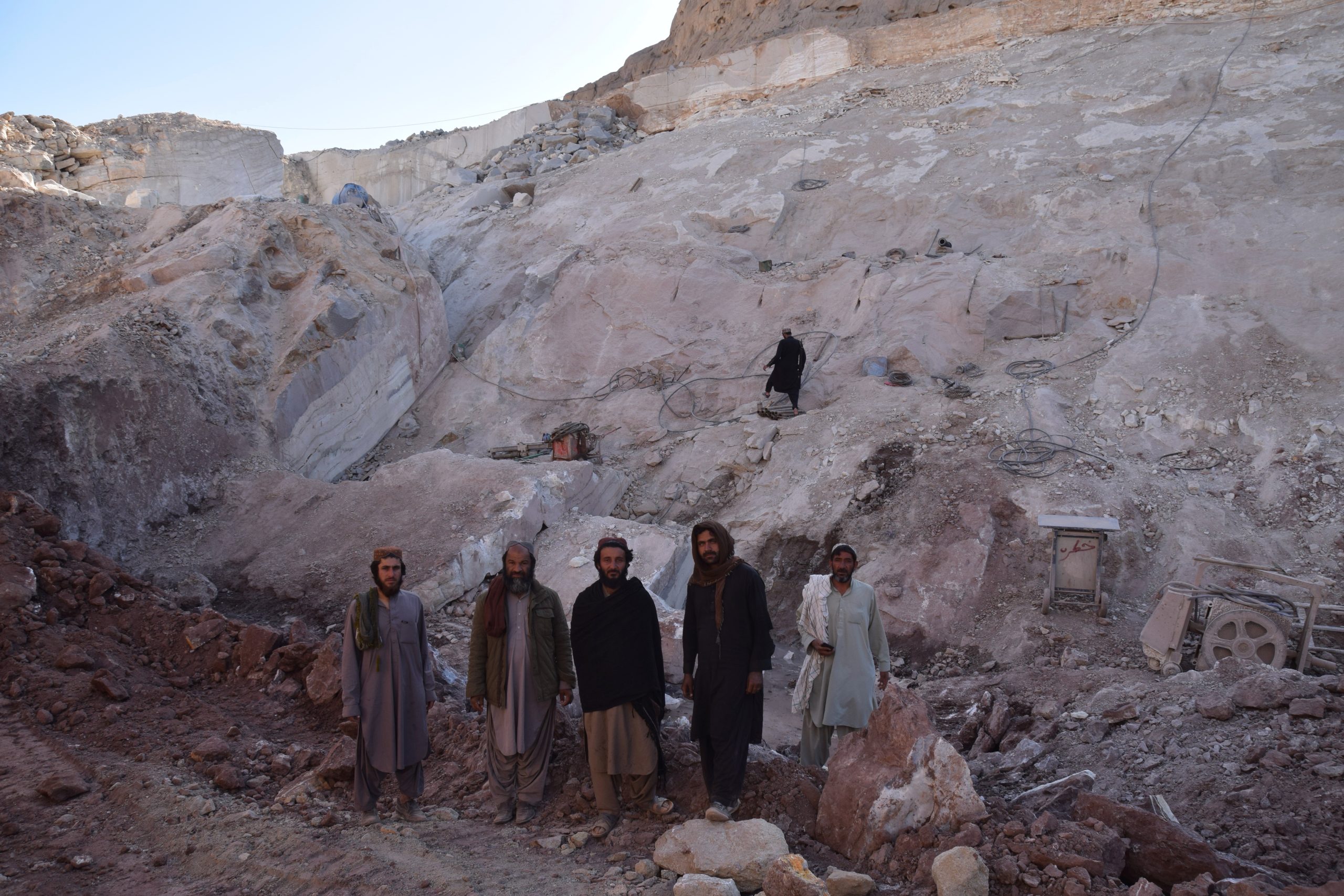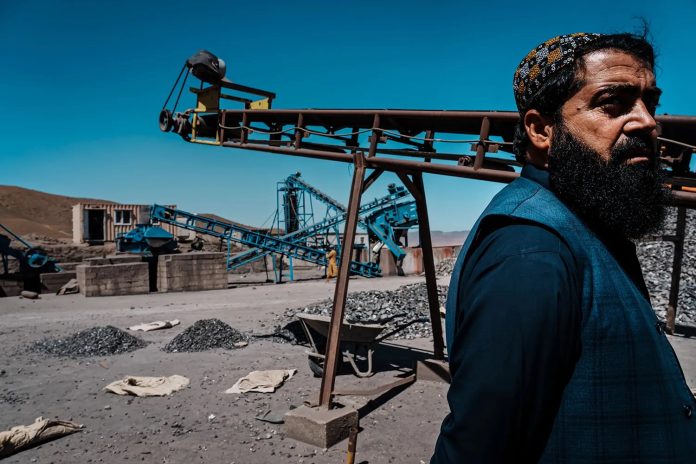Last autumn, the Taliban boasted of seven new mining contracts worth a collective $6.5 billion. Yesterday, the Afghan Witness, an open-source project by the Centre for Information Resilience, reported the total of disbursed contracts since 2021 at 205. Some of the companies were foreign, and many of them were new investors. To which countries has Kabul been auctioning off its minerals too, and what does that mean for Afghanistan geopolitically?
A Potential $1 Trillion Dollar Jackpot
After the Taliban took control of the Afghan government in 2021, they began selling off increased amounts of mining rights, promising companies a piece of Afghanistan’s approximately $1–3 trillion in natural mineral reserves. The ballpark figure of $1–3 trillion is actually outdated; it was created by US military geologists in 2010, and the actual amount could be worth more due to increased market prices.

Afghanistan is rich in critical minerals, holding around 1.4 million tons, according to a report by Afghanistan’s Ministry of Mines and Petroleum (MOMP) in 2019. A substantial portion of that is lithium (although actual figures are uncertain) and copper. Afghanistan also boasts substantial quantities of gemstones, in addition to the 1.6 billion barrels of crude oil and 16 trillion cubic feet of natural gas.
According to the Afghan Witness, despite those large lithium reserves, nearly a third of all contracts were issued to mine jade, specifically nephrite. Rights to mine raw minerals like marble and gypsum were the next biggest contracts. Also noted was chromite, which, among other things, is an essential component of stainless steel manufacturing.
Afghan Minerals and Foreign Investors
Only 14 of the 156 companies that received contracts had already held contracts with the previous Islamic Republic of Afghanistan. In other words, the new administration is bringing in new companies to control mining across Afghanistan.
Unsurprisingly, Chinese mining companies took some of the mining contracts. China, one of the only countries to accept a Taliban ambassador, has shown interest in enormous mining projects in the past. For example, at the start of 2023, the Taliban signed a contract with Xinjiang Central Asia Petroleum and Gas Company to extract gas from Afghanistan’s northern oil fields. The project would reportedly invest $150 million a year into Afghanistan’s economy. However, that deal was reportedly only a rehash of a previous deal in 2011 with a different Chinese gas company. The older project was plagued with delays and never finished developing.
But the current Chinese winners of mining contracts since 2021 are Chong Fushengli Company, Zhang Bao Tai Ha Mining and Processing Company, Chengdu Zhong Mining and Processing Company, and China-Afghanistan Dayunlong Zeren Mining and Processing Company.
Among the other foreign companies are several Iranian, Turkish, Qatari, and British corporations. Iran has a diplomatic but often strained relationship with Afghanistan because of the mistreatment of Afghan Shia minorities. Türkiye, meanwhile, is a longtime trade partner of Afghanistan, and although Ankara does not recognize the Taliban, it remains pragmatically interested in trade.
The Afghan Witness reported that only five large-scale mining contracts were given out to foreign companies, and it’s not clear to whom exactly. Given the usual scope of Chinese investment offers in Afghanistan, it’s likely that some of these large-scale contracts involve Chinese mining companies.
Kabul Turns a Blind Eye to Uyghur Muslims

Chinese companies historically have not followed through on some of their Afghan investments, likely due to security concerns and a high aversion to risk. For example, in 2007, the China Metallurgical Group Corporation signed a $3 billion deal to mine copper near Kabul, an enormous investment at the time, but the deal never went through due to the fear of Chinese investors over security concerns.
Nonetheless, China is Afghanistan’s biggest investor, offering loans to the Taliban. This likens Kabul’s situation to that of Islamabad: Pakistan is desperate for the investments of the Chinese Belt and Road Initiative to avoid economic woes but unable to secure the areas subject to these investments. This security issue results in cold feet for Chinese investors, scared of being the victims of terrorist attacks in the region. Although they have operations in other dangerous regions like the Democratic Republic of the Congo, Afghanistan is seen as too risky. Afghanistan also has the potential for economic risk like Pakistan. Finally, the Taliban has not publicly criticized Chinese treatment of Uighur Muslims in the Xinjiang province of northwest China, and the Taliban has long supported the East Turkestan Islamic Movement, a separatist movement composed of Uighur Muslims vying for a Muslim state in East Turkestan. The East Turkestan Islamic Movement is a sworn enemy of Beijing, which frequently uses them to justify its persecution of Uighur Muslims. But the movement reportedly encompasses splinter groups across Central Asia, including Pakistan and Afghanistan, meaning it’s a potentially huge threat to Chinese mining initiatives.
Afghanistan, of course, is not currently the focus of the Chinese Belt and Road Initiative. But recent news suggests that might change. According to the MOMP, a Chinese company named Gochin recently offered $10 billion to mine lithium reserves in the country. If the project works out, it would provide over a million direct and indirect jobs, would be a steady source of lithium for China, and would involve a massive developmental scope. As Foreign Policy notes, despite Afghanistan’s rich deposits, there are still easier places to get lithium, so Beijing’s investments are mostly political––it wants to take advantage of access to Kabul’s contracts and politics while only a few players are willing to engage with the Taliban.
The Future of Afghan Mines: Corruption or Large-Scale Development?

The Afghan Witness specifically noted that several of the contracts released involved the MOMP as a partial shareholder. Corruption in Afghanistan’s mining sector has historically been an issue; even under the old Republic, officials would often arrange contracts to line their pockets. How much will the new investments really help the Afghan general population, then?
The issue is compounded by Beijing’s political aim, as well as the potential for Chinese projects to ultimately fail. Although Afghanistan is rich in resources and the Taliban is able to use this as an economic boon for now, they lack the experience and power to successfully negotiate contracts with Chinese companies. The investment opportunities with Turkish and British companies might be safer investments. Although Turkish interests might be more financially based and pragmatic, British investments are more likely to come with humanitarian stipulations and initiatives that would benefit Afghanistan’s current humanitarian crisis. The next several years will make it clear whether China will be able to generate significant economic benefits for the region via its investments.

